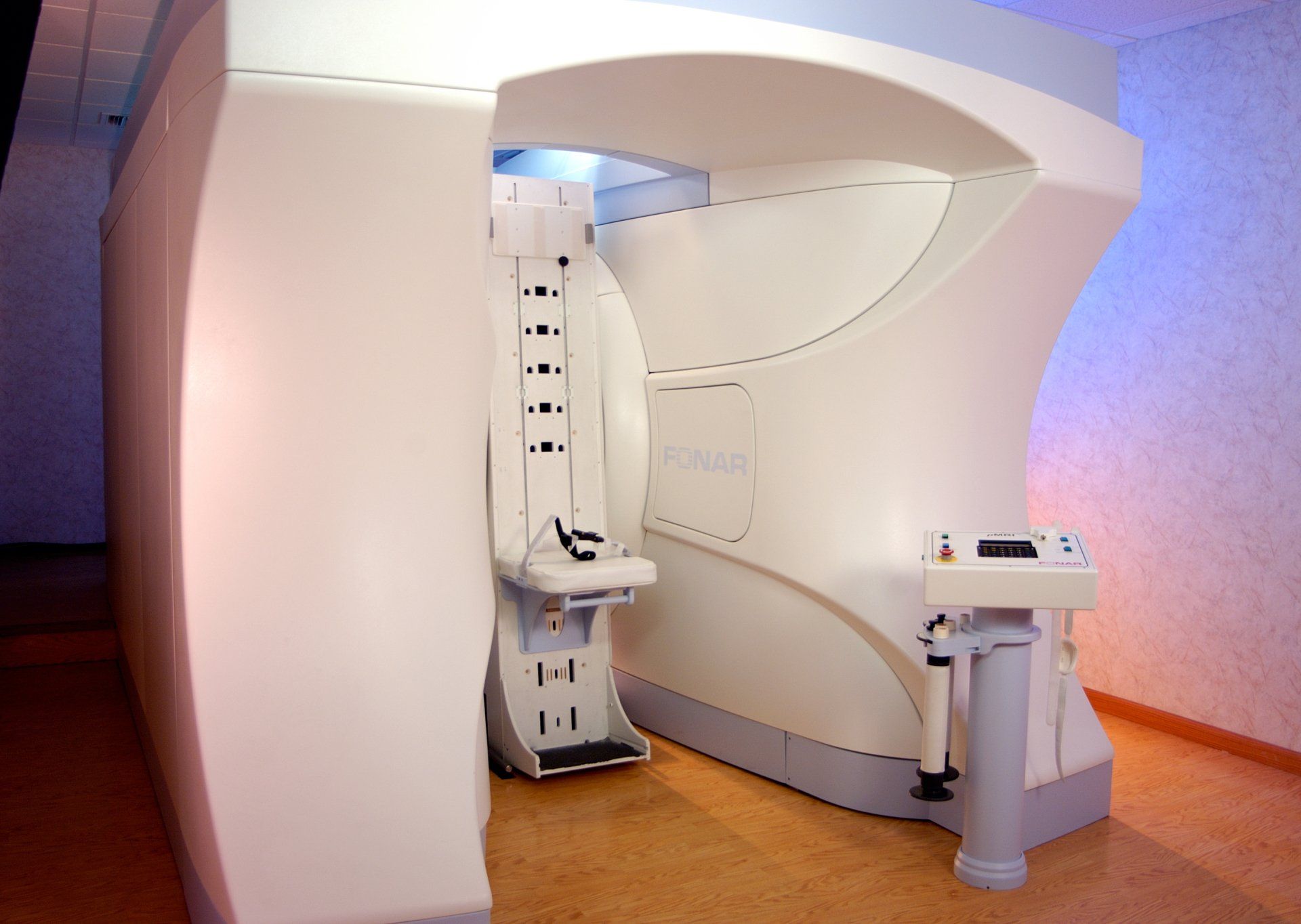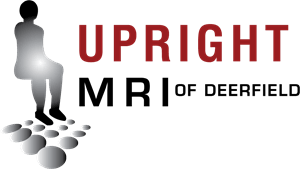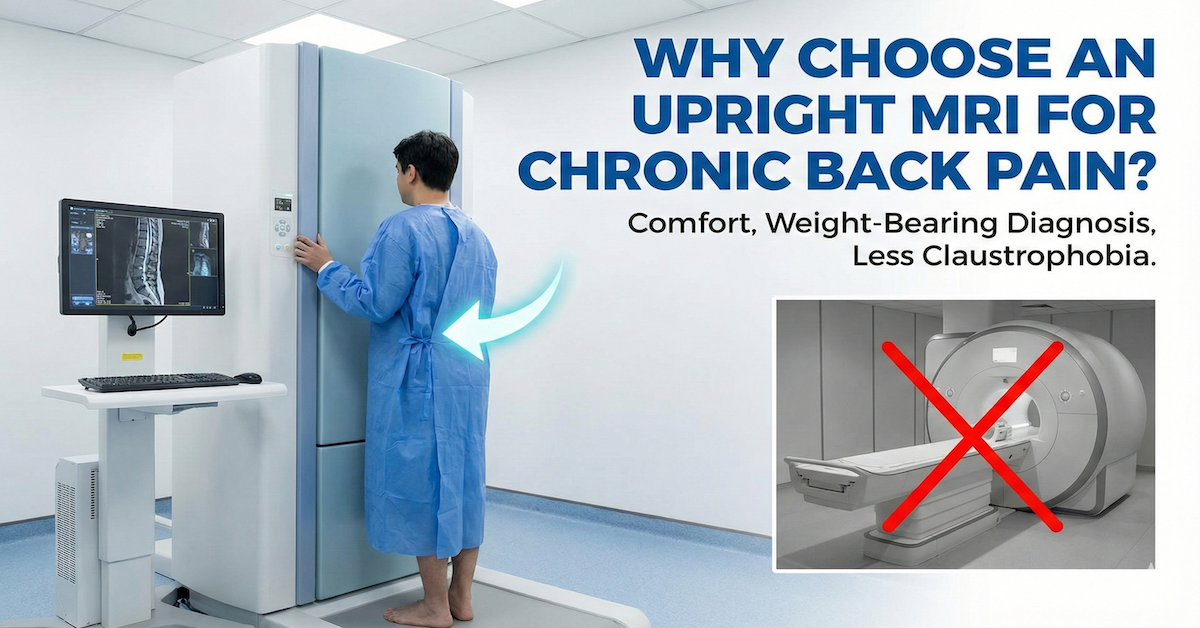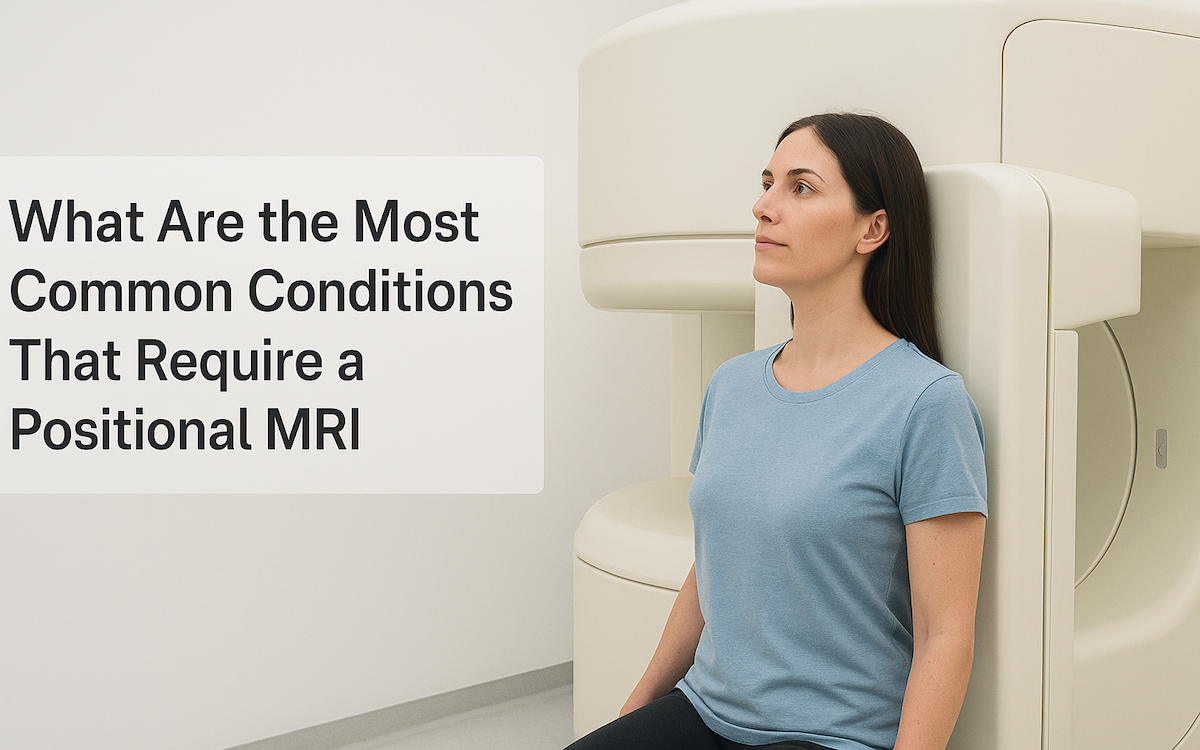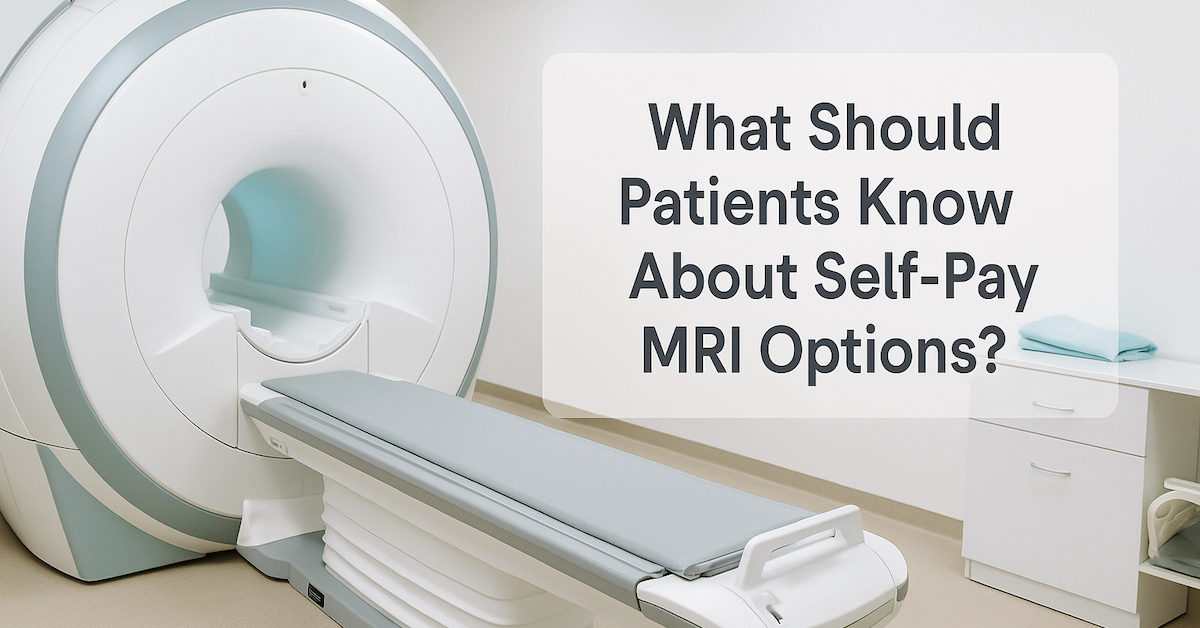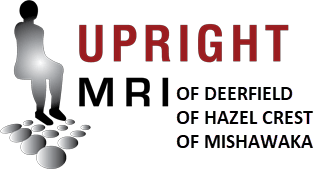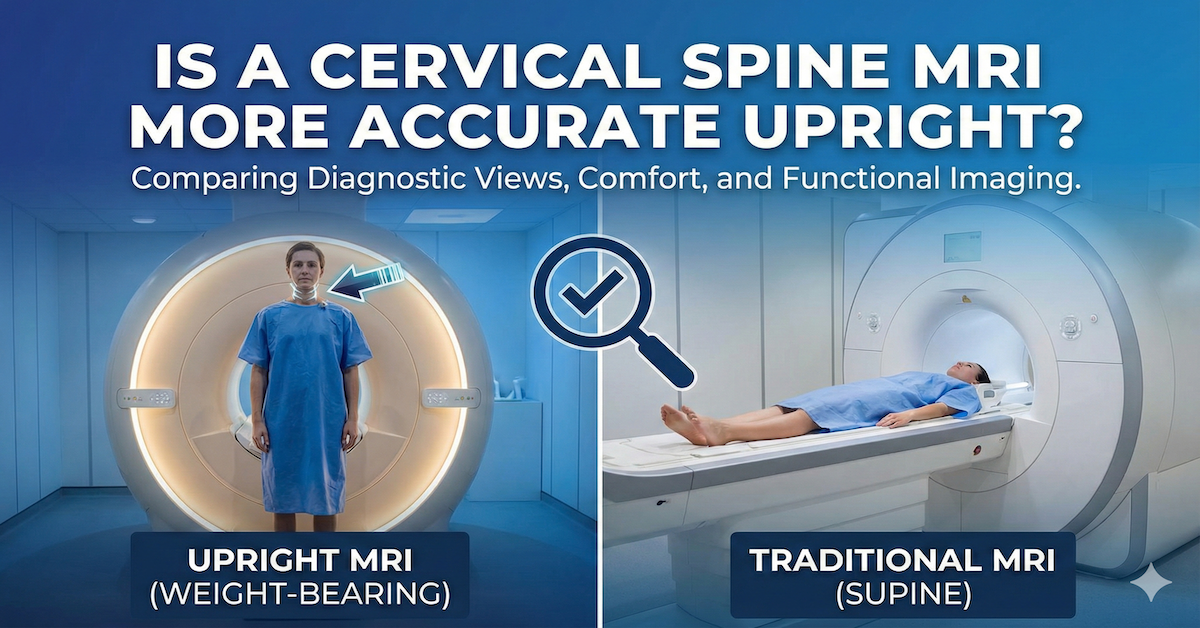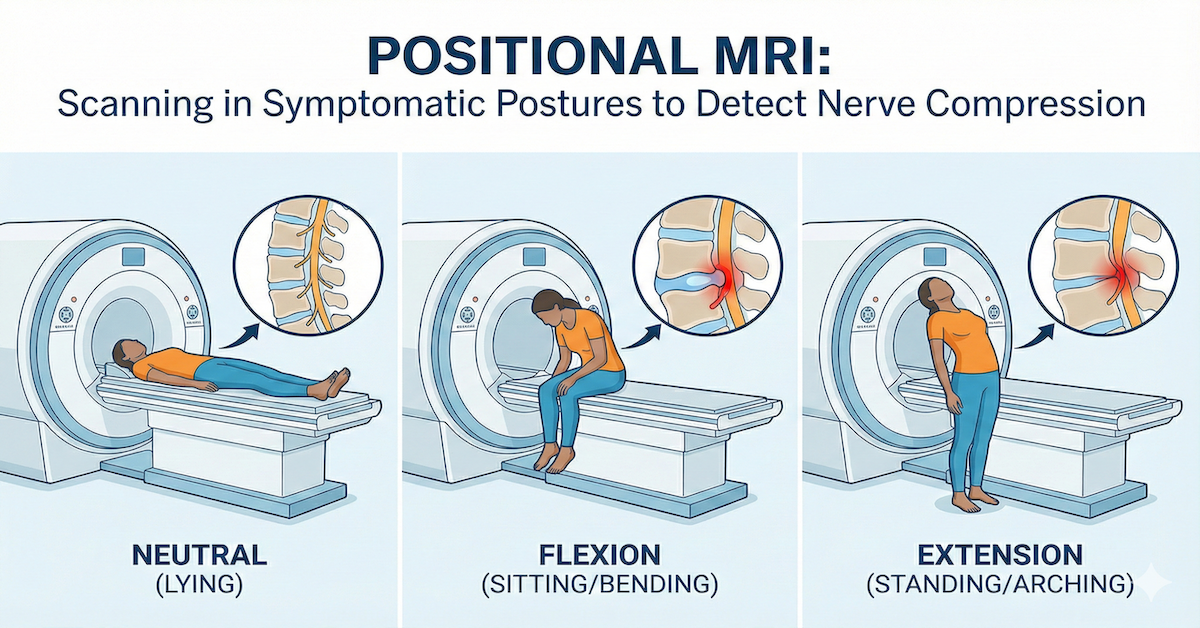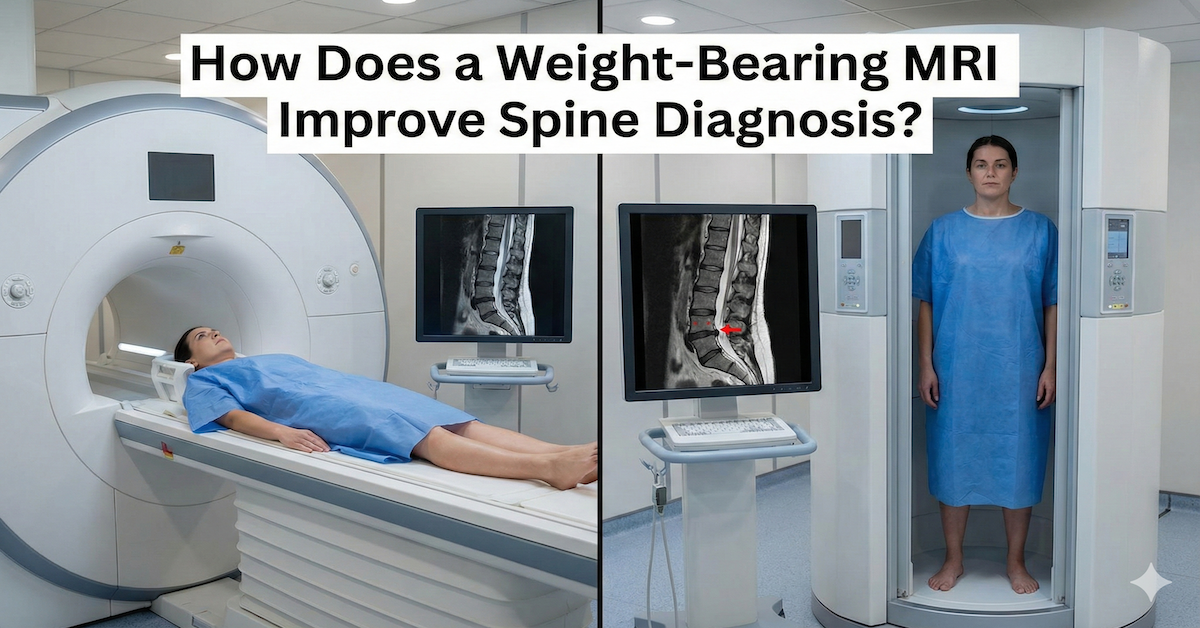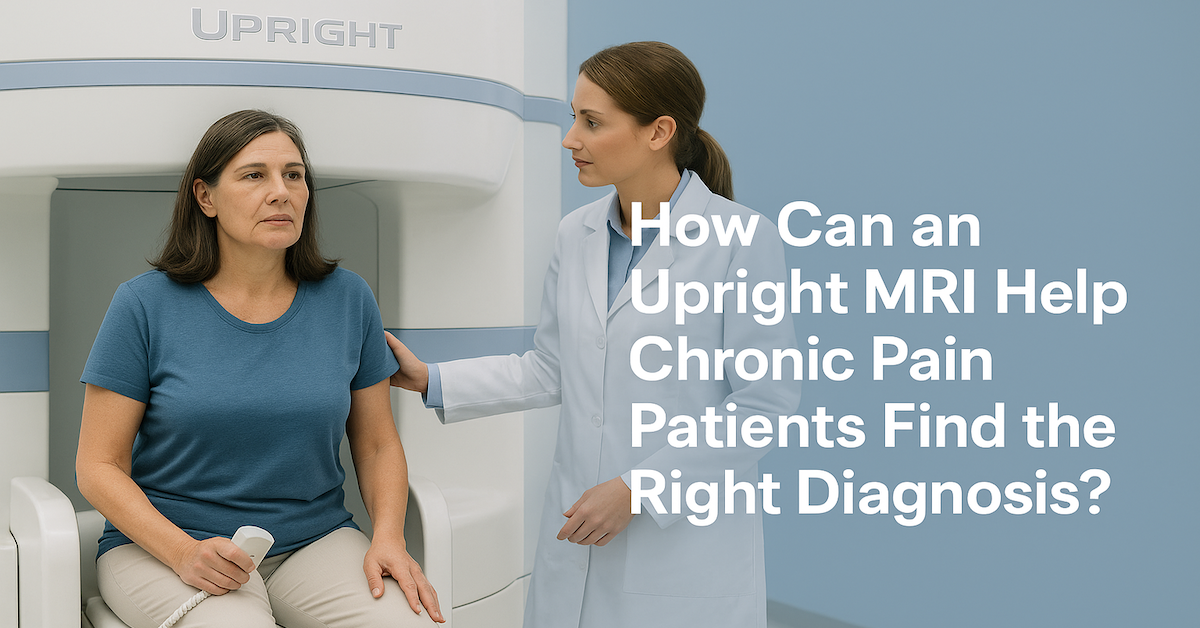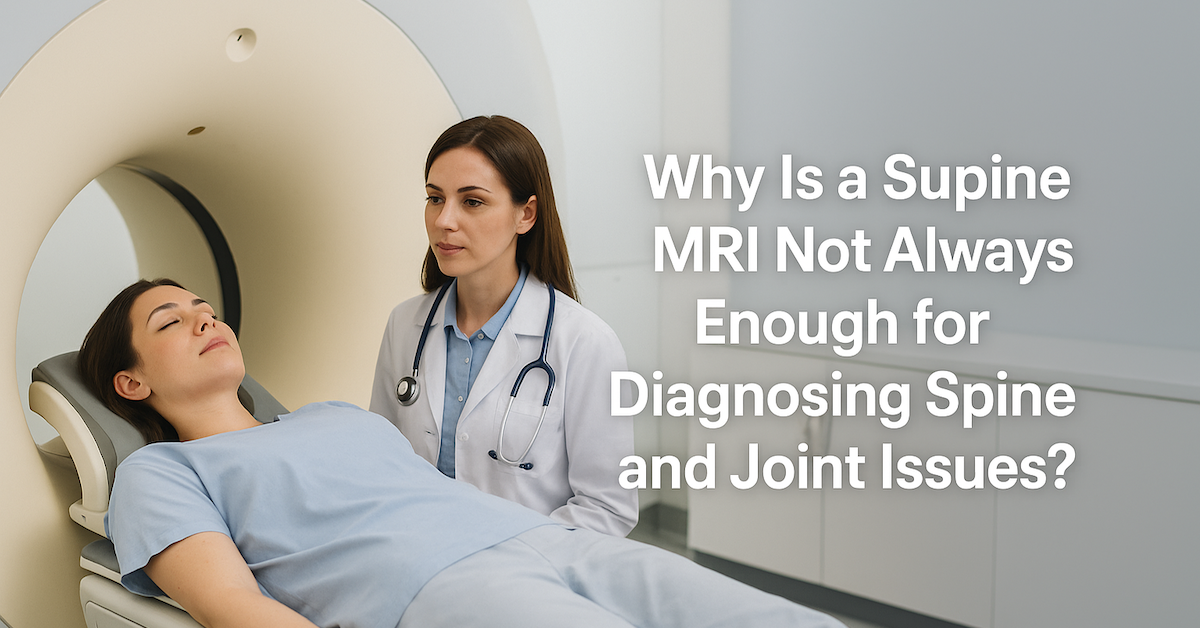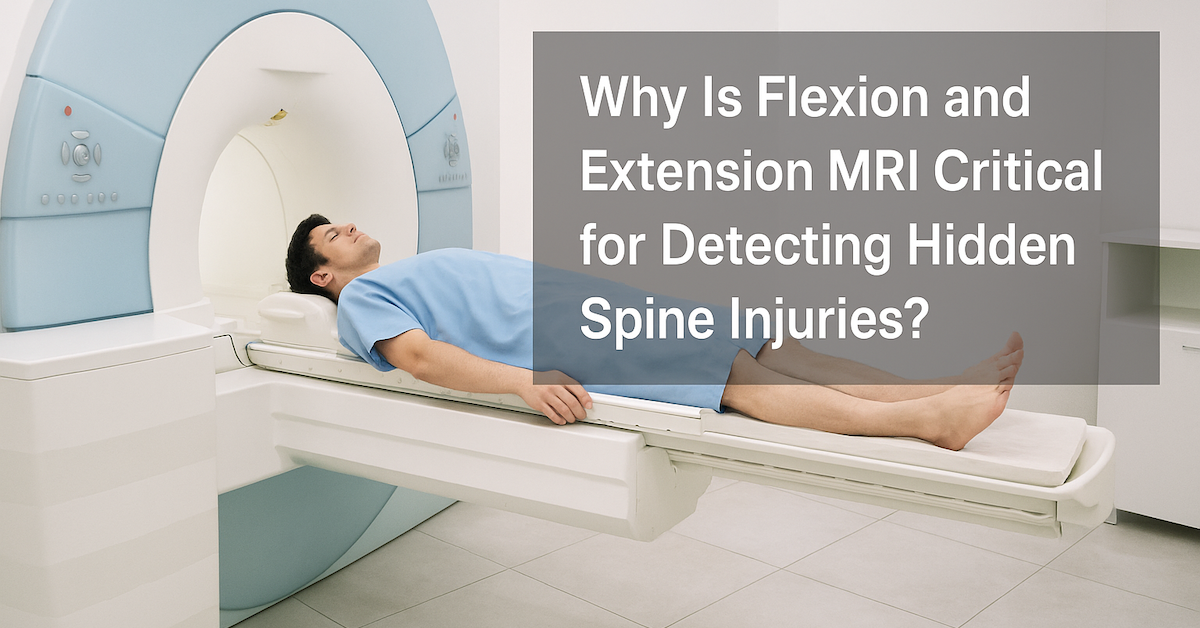But what is thermography? And what is the difference between thermography and mammography? And why should I be getting both screenings? See below to find out!
Thermography 101
1. What exactly is breast thermography? Breast thermography is a screening tool that uses infrared (heat sensing) camera that detects heat variations in the breasts. Because infection, inflammation, active cysts and tumors can cause excess blood in the breast tissue, thermography can find these early warning signs, sometimes called “hot spots”, that can indicate a possibly unhealthy condition. Thermography is completely safe, and does not expose patients to radiation. This is a reason patients often choose thermography over mammography, as getting a mammogram can expose patients to low levels of radiation.
2. Are the “hot spots” cancer? Definitely not! These areas, more often than not, indicate unhealthy tissue. Infection, stagnant lymphatic flow, cyst activity, inflammation, an injury, scar tissue, or a hormonal imbalance. However, locating these areas can help in early detection of breast cancer and inflammatory breast disease, so we strongly recommend a follow-up scan three months after the baseline scan has been performed, and annual scans thereafter.
3. What are the benefits? There are many benefits to thermography, but the biggest reason to get a thermography scan is that it can detect early signs on breast cancer and other unhealthy signs in the breast. According to research, certain types of cancers will not be detected (approx. 20 percent) by mammography, but some of these cancers could be discovered by Digital Infrared Imaging, or thermography (Source: Breast Thermography.com). Thermography is a non-invasive, safe, non-contact procedure that does not involve compressing the breast.
4. What are the potential risks and drawbacks? Thermography alone cannot diagnose cancer, but it can detect early signs that may need further investigation. Like mammography, it is a screening tool that can identify certain structures in the breast that can potentially be cancerous. It is a preliminary step in identifying things that need more investigation, so we recommend to undergo both thermography and mammography, and to work with your doctor for an accurate diagnosis.
5. Is thermography used just for breast cancer screening? No, thermography can detect several other areas of inflammation to help locate the origin of unexplained pain. At Upright MRI of Deerfield, we offer a full body thermography that can detect other conditions including arthritis, carpal tunnel syndrome, diabetes, fibromyalgia, gallbladder disease, and several more. You can also specify a region of interest identify or monitor health conditions in that part of the body. At Upright MRI of Deerfield, we have found the most common parts of the body to be scanned include the thyroid, abdomen, legs, arms and feet.
Mammography 101
1. What exactly is mammography? A mammogram involves taking an X-ray image of the breast tissue by compressing the breast between two metal plates. The image can show any unusual changes or masses in the breast tissue that might detect a need for further investigation.
2. What are the benefits? According to
research
from 1960-2014, undergoing regular mammography screening can reduce the risk of dying from breast cancer by 19 percent overall.
The American College of Physicians (ACP) recommend that women start discussing with their doctor about screening annually at the age of 40, and that all women with an average risk undergo mammography screening every two years from ages 50-74. The doctor will suggest screening depending on the patient’s personal factors.
3. What are the potential risks and drawbacks? Regular testing means repeated exposure to low levels of radiation, which may slightly increase a risk of cancer (Source:
Medical News Today). It can also detect noncancerous changes, which leads to false results. False results can lead to unnecessary anxiety, costs, and further tests and treatment. Getting a mammogram can also be uncomfortable as it involves compressing the breasts.
At Upright MRI of Deerfield, we recommend using thermography and mammography together because they complement each other. The consensus among health care experts is that no one procedure or method of imaging is solely adequate for breast cancer screening. With both thermography and mammography, definitive diagnosis is complete with other procedures such as a biopsy or lumpectomy. Many of our patients, for example, come in after a Mammogram has detected an area of concern. If the Thermogram detects something in the same area, the patient will have more information, which can help them make an informed decision on next steps.
In addition to breast thermography, Upright MRI of Deerfield offers full body and/or regions of interest thermography. Please console your doctor and visit here to learn more information.
